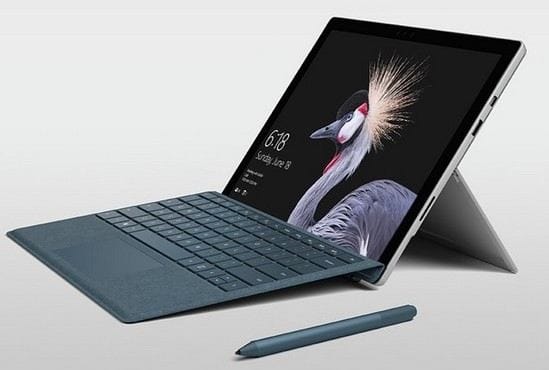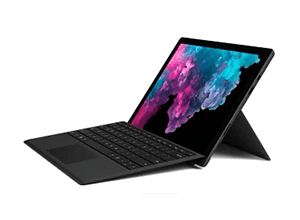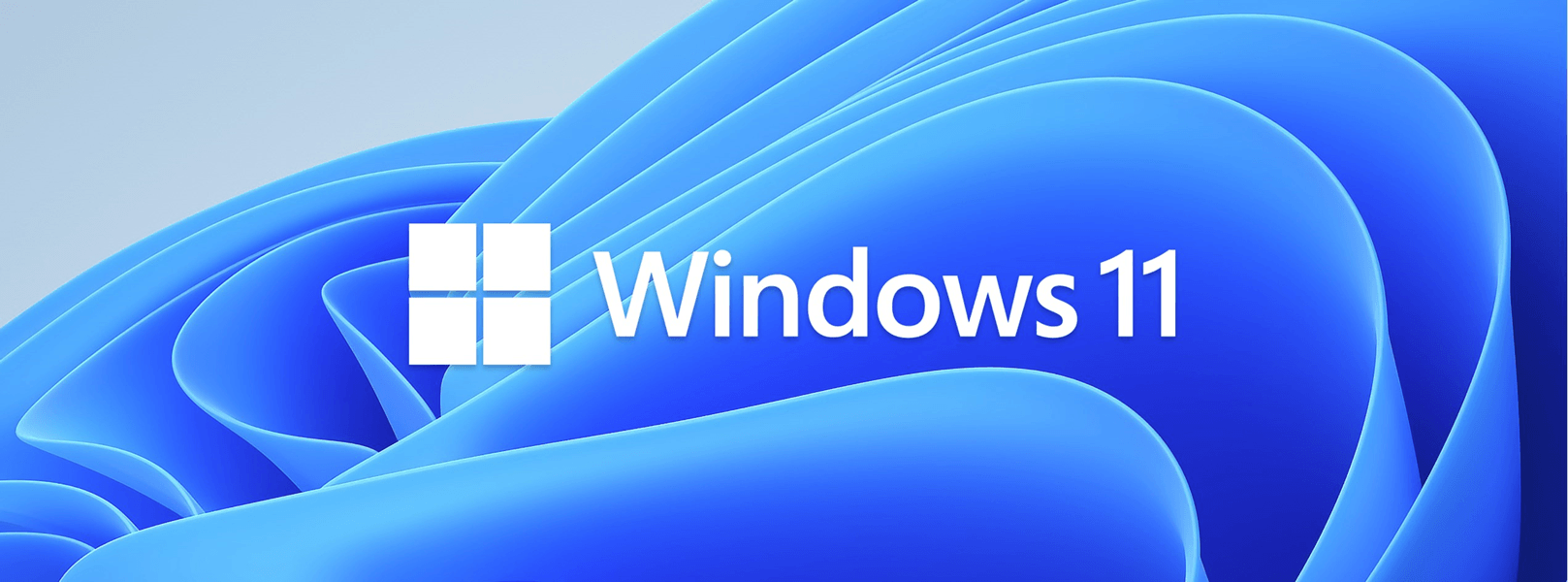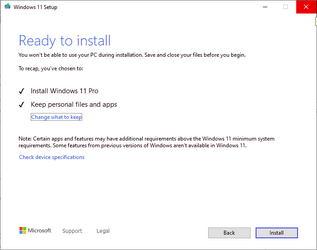Hannele2
Member
In 2018 I bought Surface Pro (slim tablet with large screen, produced by Microsoft ).
I bought the top end model, with everything at highest possible spec.
I don't remember the exact price but it was over 2500 EUR. Not exactly a bargain for a tablet, right?
I ended up using it only very rarely.
Now, I wanted to upgrade it to Windows 11 and found that it is not possible due to insufficient processor... i7, 4 core.
This is a very high spec processor only 4 years ago, in a premium product.
What kind of a rip off are we talking about here?
This is MICROSOFTS OWN product?
My Surface Pro has years of life left in it. It's fast, it's pretty nice and it's hardly even used.
What am I missing here, or has Micro$oft ripped me off?
(I'm guessing I could force the update, clone my regular drive over to the Surface C drive or some other funny business... Is it worth it?)
I bought the top end model, with everything at highest possible spec.
I don't remember the exact price but it was over 2500 EUR. Not exactly a bargain for a tablet, right?
I ended up using it only very rarely.
Now, I wanted to upgrade it to Windows 11 and found that it is not possible due to insufficient processor... i7, 4 core.
This is a very high spec processor only 4 years ago, in a premium product.
What kind of a rip off are we talking about here?
This is MICROSOFTS OWN product?
My Surface Pro has years of life left in it. It's fast, it's pretty nice and it's hardly even used.
What am I missing here, or has Micro$oft ripped me off?
(I'm guessing I could force the update, clone my regular drive over to the Surface C drive or some other funny business... Is it worth it?)
My Computer
System One
-
- OS
- Windows 11














